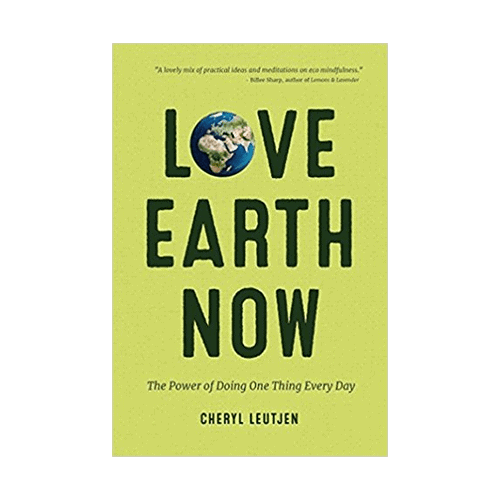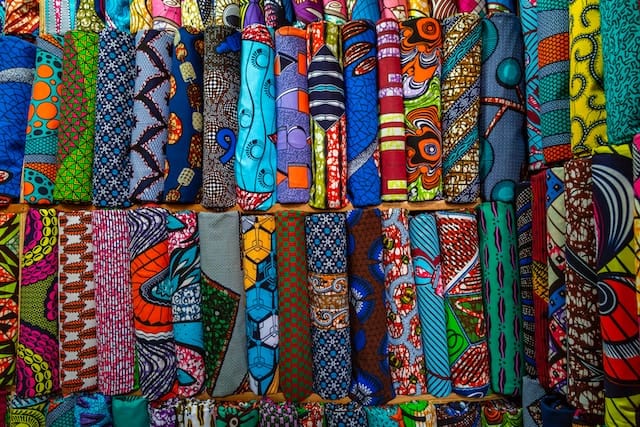Photo by Raghu Nayyar
As temperatures approached 50°C, March 2022 saw India reach its highest temperatures since records began over 100 years ago, and 2023 may push those records even higher. The northwestern regions are the worst affected by this heat and unlike the sparsely populated Sahara and inland Arabian peninsula (the only other regions comparable in temperature)¹, India is home to almost 1.5 billion people and contains some of the most densely populated cities in the world. Rising temperatures amongst growing populations not only cause social, economic, and physical impacts, but increase danger to life – and India is nearing the limit of human survival².
Approximately 60% of India’s land is agricultural and the country relies heavily on its primary sectors, yet its landmass is one of the largest factors at stake. Early prolonged heat waves – such as that of 2022 – create dry, arid ground unsuitable for growing crops or other harvestable goods. This also affects the livestock that graze these crops, and in turn affects milk production which can have national and global knock on effects.
As well as the obvious physical impacts, social impacts are seen through food insecurity, general decline in livelihood/wellbeing, and increased pressure on healthcare services due to heat-related illnesses. In addition, economic impacts are seen as a direct result of the loss of crops and livestock, and the need for investments in cooling or watering equipment.
Heat waves not only cause issues during the hot periods, but create problems for later on in the year: one of these problems being that the dry, arid land creates an impermeable layer until it can soften up enough to absorb water – so when monsoon season arrives these lands are becoming increasingly prone to flash floods, having more direct impacts on the land, the economy and the population.
Heat-related issues also arise in the urbanised areas. The densely-populated cities have dense concentrations of pavement, buildings and other surfaces that absorb and retain heat alongside high concentrations of people in tightly-packed buildings without adequate ventilation or air conditioning, as a result the ‘urban heat island’ effect occurs. This increases the likelihood of heat-related illnesses and fatalities which disproportionately affect children, the elderly, and low-income communities. The increased demand for cooling also puts a strain on power supplies and consequently leads to the further production of greenhouse gas emissions – a tragic irony.
It is without a doubt that these issues are caused by human-caused climate change, and it is humans who are now suffering. It is examples of extreme conditions such as these that highlight the importance of listening to climate scientists and pushing for change. Much of the Indian population does not have access to the means to mitigate climate change – the poor, children, the elderly – yet it is these people who suffer the most. It is now up to bodies of power to make the change, and quickly, in order to prevent further suffering.
¹ Shiravastava, B. 2023. Record heat waves push India closer to limit of human survival. Bloomberg. Available at: https://www.bloomberg.com/news/articles/2023-03-27/record-heat-waves-push-india-closer-to-limit-of-human-survival?cmpid=BBD032723_GREENDAILY&utm_medium=email&utm_source=newsletter&utm_term=230327&utm_campaign=greendaily&leadSource=uverify%20wall Accessed: 28/03/23
² Shiravastava, B. 2023. Record heat waves push India closer to limit of human survival. Bloomberg. Available at: https://www.bloomberg.com/news/articles/2023-03-27/record-heat-waves-push-india-closer-to-limit-of-human-survival?cmpid=BBD032723_GREENDAILY&utm_medium=email&utm_source=newsletter&utm_term=230327&utm_campaign=greendaily&leadSource=uverify%20wall Accessed: 28/03/23






